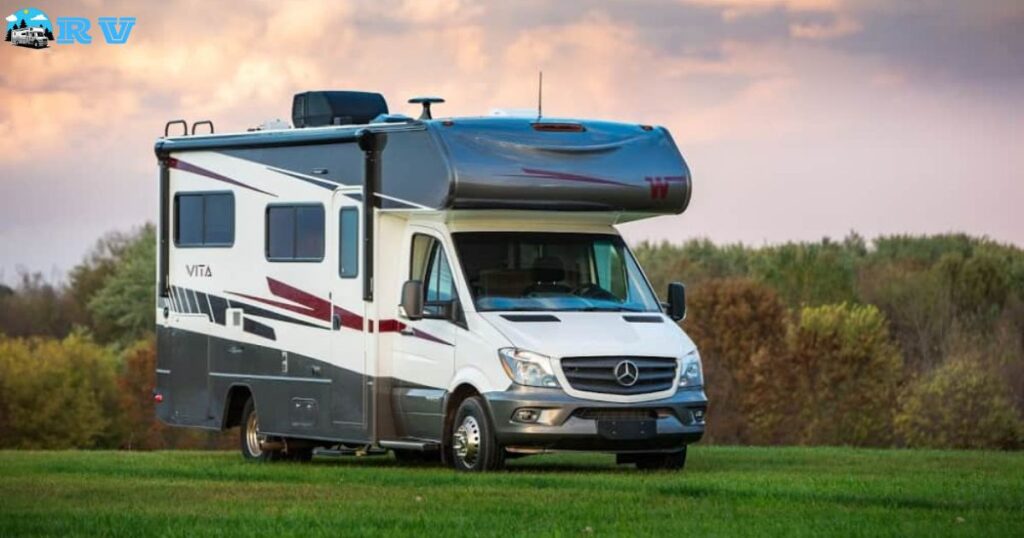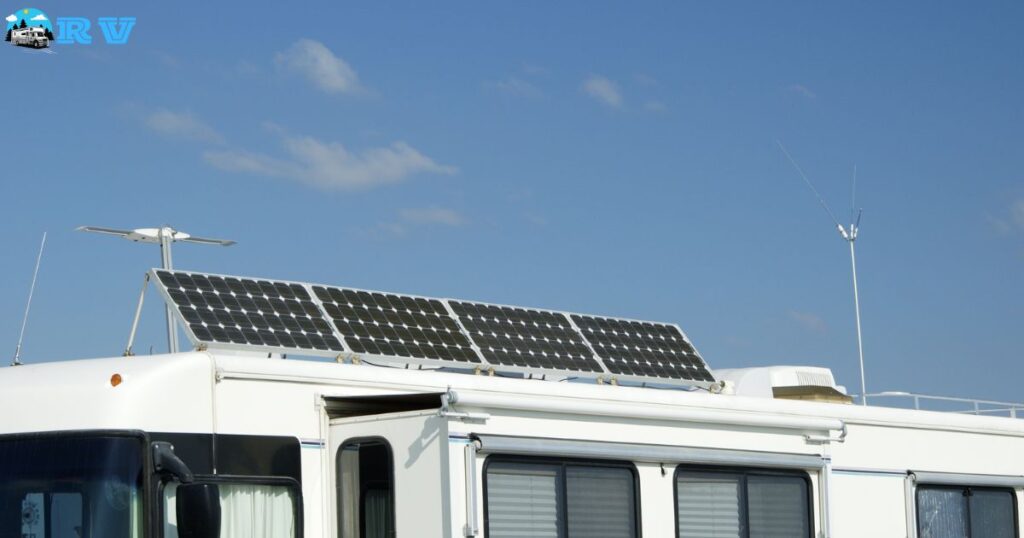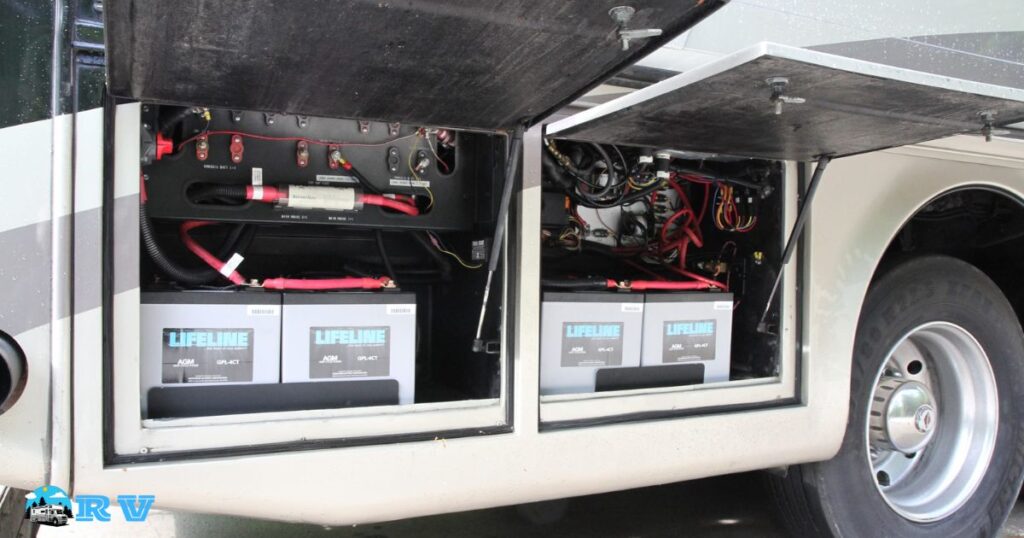Determining how much electricity an RV uses in one month involves considering several factors. These include the size of the RV, the appliances used, and the duration of usage. Essentially, it’s a measure of the total power consumption by an RV over a month.
Have you ever wondered about the energy footprint of your recreational adventures? How much electricity does an RV use in one month? This question is not just about cost, but also about understanding the energy needs of a mobile lifestyle.
The electricity usage of an RV varies widely based on lifestyle and equipment. Factors like air conditioning, heating, and the use of electronic devices play a big role. On average, an RV might use between 20 to 100 kWh of electricity per month, though this can vary greatly.
RV Electrical Systems A Deep Dive
Recreational vehicles (RVs) are equipped with unique electrical systems designed for mobility and efficiency. These systems typically include an onboard battery, an external power source hookup, and sometimes a generator. Understanding these components is crucial for effective power management.
RV electrical systems are designed to handle varying power needs, from basic lighting to running appliances. They usually operate on a combination of 120-volt AC (alternating current) and 12-volt DC (direct current), offering flexibility and convenience. The efficiency of these systems depends on several factors, including the RV’s age, the quality of its electrical components, and maintenance practices.
Newer models often have more efficient systems, which can significantly reduce electricity consumption. Regular maintenance, such as checking connections and monitoring battery health, is essential to ensure the system’s longevity and efficiency.
RV Appliances and Their Power Demands
RV appliances, ranging from refrigerators to air conditioners, have varied power requirements. A typical RV refrigerator, for instance, can consume about 600 watts when running on electric power. Meanwhile, air conditioning units are among the highest power consumers, often requiring around 1500 watts or more.
Table: RV Appliance Power Consumption
| Appliance | Average Power Consumption (Watts) |
| Refrigerator | 600 |
| Air Conditioner | 1500 – 2000 |
| Microwave | 800 – 1000 |
| Television | 100 – 200 |
| Water Heater | 300 – 600 |
| Lights (LED) | 20 – 40 |
This table illustrates the average power consumption of common RV appliances. The actual consumption may vary based on usage patterns and appliance models. It’s important to understand these figures when planning your energy usage, especially during extended trips.
The Impact of RV Size on Monthly Electricity Use

The size of an RV significantly influences its electricity consumption. Larger RVs, with more living space and amenities, naturally require more power to operate. This includes increased demands for heating, cooling, and running larger appliances. A bigger RV not only has more lights but often has additional features like electric fireplaces or multiple air conditioning units.
In contrast, smaller RVs are typically more energy-efficient. Their compact size means less space to heat or cool, and they often have fewer or smaller appliances. Therefore, if you’re conscious about energy consumption and cost, opting for a smaller RV might be a wise choice.
Heating and Cooling Your RV Energy Considerations
Heating and cooling systems are among the most significant energy consumers in an RV. The energy required for these systems varies greatly depending on the climate and the RV’s insulation. In colder regions, heating can account for a large portion of the energy use, especially if the RV is not well insulated.
Similarly, in hot climates, air conditioning can consume a substantial amount of electricity. It’s important to consider the efficiency of your heating and cooling systems. Upgrading to more energy-efficient models or improving your RV’s insulation can lead to significant energy savings. Additionally, using natural ventilation and shading can reduce the need for artificial cooling, further conserving energy.
RV Solar Panels Harnessing the Sun’s Power

Solar panels are an increasingly popular option for RVs, offering a way to generate electricity independently. They can significantly reduce dependence on external power sources, especially in sunny locations. Solar panels can power everything from lights to small appliances, making them ideal for off-grid camping.
The capacity of solar panels needed depends on your energy consumption and the amount of sunlight available. It’s important to calculate your energy needs accurately to determine the right size and number of panels. Solar power systems may require a substantial initial investment, but they can offer significant savings and greater freedom in the long run.
Tips for Energy-Efficient RV Living
Energy-efficient RV living starts with mindful usage. Simple habits like turning off lights and appliances when not in use can significantly reduce electricity consumption. Replacing traditional light bulbs with LED lights can offer substantial energy savings.
Another tip is to use natural climate control methods. Utilize awnings and window coverings to keep the RV cool in summer and warm in winter. Also, cooking outdoors on a grill can reduce the need for indoor stove use, which not only saves energy but also helps to keep the RV cooler in hot weather.
Managing Power Usage During RV Travel
While traveling, it’s important to manage your power usage to avoid draining your RV’s battery. One strategy is to use your vehicle’s alternator to charge your RV battery while driving. This can be especially helpful if you’re using a lot of power for navigation, entertainment, or cooling.
When boondocking or staying in places without electrical hookups, be extra mindful of your power consumption. Use appliances sparingly and rely on battery power or solar energy as much as possible. This approach not only conserves energy but also extends the life of your RV battery.
Tracking Your RV’s Monthly Electricity Consumption
To effectively manage your RV’s electricity usage, it’s crucial to track your monthly consumption. This can be done using a simple energy monitor that connects to your RV’s electrical system. These monitors provide real-time data on how much electricity you’re using, which can help you identify areas where you can save energy.
Regular monitoring also helps in planning your energy needs for future trips. By understanding your typical monthly consumption, you can make more informed decisions about energy usage and potentially upgrade your system to better meet your needs.
Boondocking and Off-Grid RVing Electricity Challenges
Boondocking, or camping without hookups, presents unique challenges in managing electricity. The key is to be self-sufficient, relying on your RV’s battery and, if available, solar panels. Efficient energy use becomes even more critical in these situations, as you won’t have access to external power sources.
To successfully boondock, plan your energy usage carefully. Consider investing in energy-efficient appliances, and be prepared to adjust your lifestyle to conserve power. This might mean limiting the use of high-energy appliances and being more aware of your overall consumption.
RV Parks and Campgrounds Power Options
RV parks and campgrounds offer various power options, typically including 30-amp and 50-amp electrical hookups. The type of hookup you’ll need depends on your RV’s electrical system and your power requirements. Larger RVs with multiple air conditioners and appliances may require a 50-amp hookup, while smaller RVs can often get by with a 30-amp connection.
It’s important to know the capabilities of your RV and the requirements of your appliances to choose the right hookup. Some campgrounds also offer solar charging stations, which can be a great option for recharging batteries, especially for those using solar panels.
Calculating the Cost of RV Electricity
Calculating the cost of RV electricity involves considering various factors, including the rate charged by campgrounds or RV parks for hookups, the cost of fuel for generators, and any fees associated with using alternative energy sources like solar. To calculate your monthly cost, start by estimating your daily power usage in kilowatt-hours and then multiply this by the number of days you’ll be using power.
Keep in mind that costs can vary widely depending on location, the efficiency of your RV’s electrical system, and your usage patterns. By understanding these costs, you can budget more effectively and make decisions that could reduce your overall expenditure, such as staying in places with lower hookup fees or investing in solar power.
RV Battery Maintenance for Long-Term Travel

Proper RV battery maintenance is essential for long-term travel. This includes regularly checking the battery’s fluid levels, ensuring it’s properly charged, and cleaning the terminals to prevent corrosion. It’s also important to avoid deep discharging the battery, as this can significantly reduce its lifespan.
Consider using a smart battery charger, which can extend the life of your battery by preventing overcharging and conditioning the battery. Regular maintenance not only ensures reliable power but also prevents costly replacements and inconvenient breakdowns.
Eco-Friendly RVing Reducing Your Carbon Footprint
Eco-friendly RVing involves minimizing your environmental impact while enjoying your travels. This can be achieved by using renewable energy sources like solar panels, choosing energy-efficient appliances, and practicing energy conservation. Reducing your reliance on fossil fuels, such as by avoiding unnecessary generator use, also contributes to a smaller carbon footprint.
Consider the environmental impact of your travel patterns. Opting for destinations closer to home or staying longer in one location can reduce fuel consumption and emissions. These practices not only benefit the environment but can also enhance your RVing experience by promoting a more sustainable and mindful lifestyle.
RV Electricity Safety Precautions and Tips
Safety is paramount when dealing with RV electricity. Always ensure that your RV is properly grounded when connected to an external power source. Regularly inspect your electrical system, including cords, plugs, and outlets, for signs of wear or damage.
Be aware of the power capacity of your RV and avoid overloading the electrical system, especially when operating features like an RV slide out 101. Using too many appliances or features simultaneously can lead to tripped breakers or, worse, electrical fires. Invest in a good surge protector to safeguard your RV’s electrical system against voltage spikes and surges.
FAQs
how Much Electricity Does an Average RV Use in a Month?
An average RV uses approximately 30-50 kWh per day, translating to about 900-1500 kWh per month, depending on usage and appliances.
What Are the Main Factors Affecting RV Electricity Consumption?
The key factors include RV size, the type and number of appliances, usage patterns, and the efficiency of heating and cooling systems.
Can Solar Panels Fully Power an RV?
Solar panels can significantly reduce reliance on external power sources, but whether they can fully power an RV depends on the energy needs and solar capacity.
Conclusion
Understanding the electricity usage of an RV over the course of a month requires attention to various factors. These include the size of the RV, the types and usage of appliances, and the efficiency of the electrical system. By being aware of these aspects, RV owners can effectively manage their power consumption.
This not only ensures a comfortable and uninterrupted experience but also helps in reducing costs and environmental impact. Adopting energy-efficient practices is key. Utilizing solar power, maintaining batteries, and choosing the right power options at RV parks are all part of this. With mindful usage and regular monitoring of electricity consumption, RV travelers can enjoy their journeys more sustainably.











